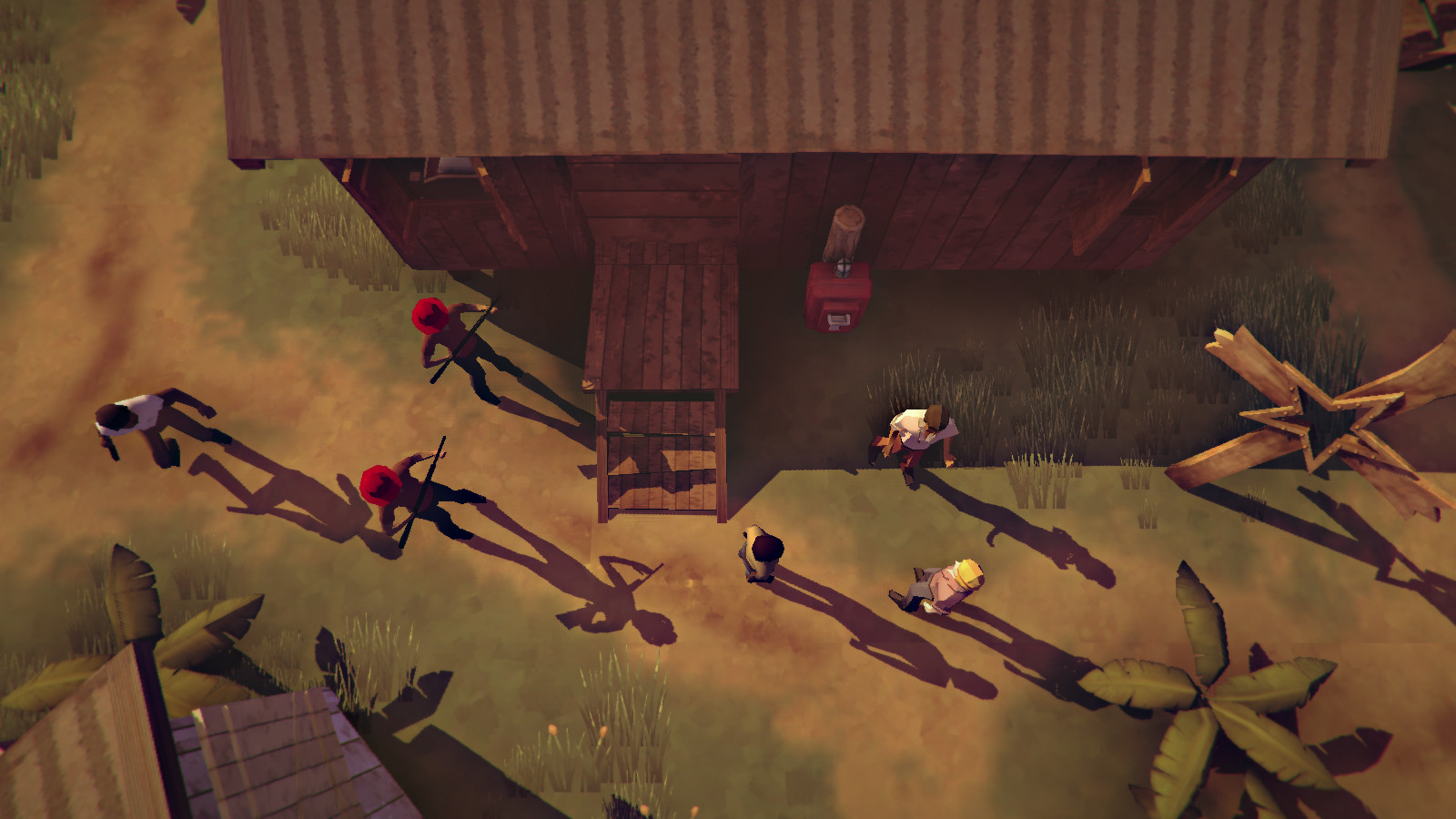Refined gameplay, expanded stealth and a focus on family are just a few things to expect.
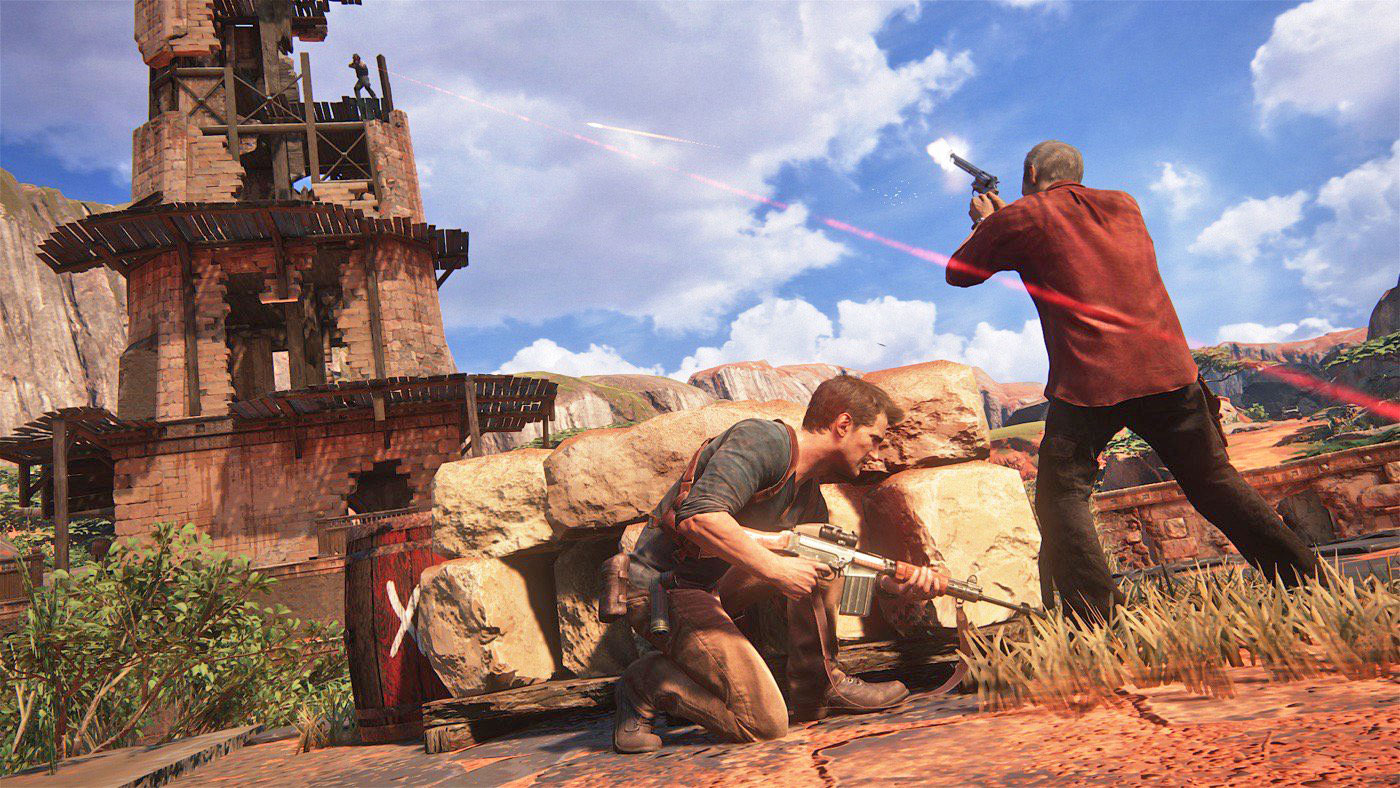
Nathan Drake thought he was out of the treasure hunting business, but the return of his long-lost brother pulls him back in. That's the basic setup for Uncharted 4: A Thief's End, developer Naughty Dog's final entry in its long-running adventure franchise. After several delays, the game is finally hitting shelves on May 10th. Family isn't a new thing for Uncharted -- we've spent the last few games with Drake's self-made family of close friends. But that dynamic is about to change in a big way.
Gallery: Uncharted 4 screenshots | 10 Photos










The increased focus on family — rather than just making the series' bombastic action set pieces even bigger — is one of many things the developers are bringing along from their last big title, the post-apocalyptic masterpiece The Last of Us. And of course, the game is also a chance for Naughty Dog to distill everything its learned from the entire Uncharted series.
When last we left Nathan Drake, he was hanging up his holster and settling down for married life with his longtime love interest Elena Fisher. The decision to aim for a safe and normal situation, rather than the life of a globe-trotting, reckless adventurer, was the emotional crux of Uncharted 3. Whatever gets him back into action would have to be something truly special, and the reappearance of his brother Samuel, once thought dead, certainly fits the bill. Sam drags Nate to Madagascar in the search of -- what else? -- buried treasure. This time it's a quest to find the lost spoils of British pirate Henry Every.
For those not up to speed with their naval history, Every was one of the most notorious pirates to sail the seas. His exploits, including one raid on a Mughal Empire ship that netted jewels and valuables worth around £600,000 at the time, made Every the subject of the first worldwide manhunt. He supposedly escaped capture with most of his treasure, which would have been a tempting target for experienced thieves like the Drakes.
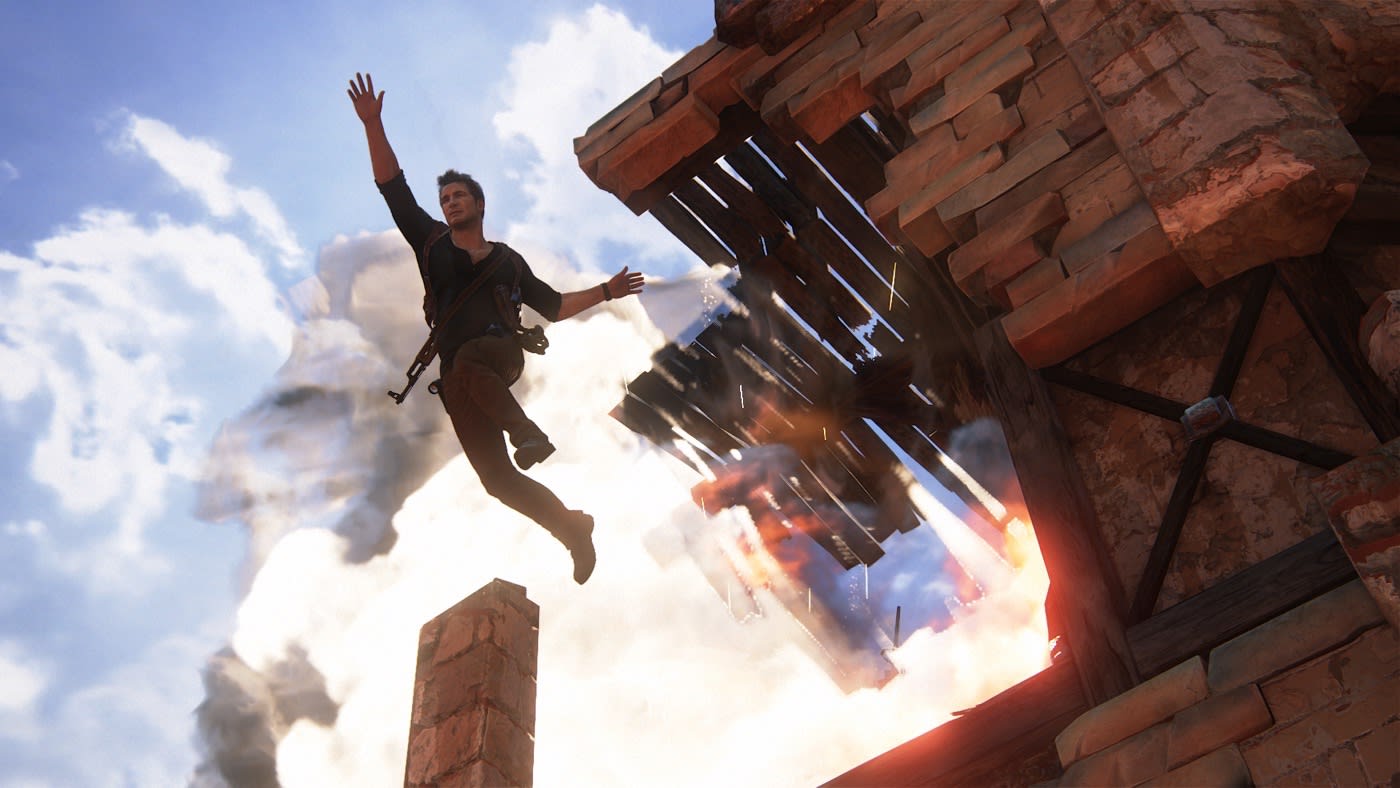
"Everything we do is based on history," said co-writer Josh Scherr. "But we veer away from it when it suits our needs, or makes certain aspects of the story cooler." Supernatural elements aren't unusual for an the Uncharted series, so you can expect the developers to take plenty of liberties with Every's story. This time around, Scherr says, they're also focusing more heavily on the idea that every treasure has its cost.
The first thing you'll notice about Uncharted 4? It's simply gorgeous -- it's a significant leap beyond the last game, with huge vistas and seemingly endless draw distances. There's more detail in character models and environments than ever before (pay close attention how light passes through transparent surfaces). It's also pretty clear that the developers spent plenty of time refining its physics engine. Just about everything in the game reacts to other objects (smash a baddie into a table, and expect everything on top to fall realistically).
The single player campaign runs at 30 frames per second, which will probably let down gamers expecting the silkiness of 60FPS visuals, but wasn't much of an issue while I was playing. Thanks to the vastly improved graphics, Uncharted 4 also handles its cinematic scenes with its in-game engine, which makes the transition to those scenes from gameplay much smoother. There's an overall polish to the game that many other PlayStation 4 titles don't have. The developers had a bit of a leg up with the PS4's hardware after porting The Last of Us Remastered a few years ago, Scherr says.
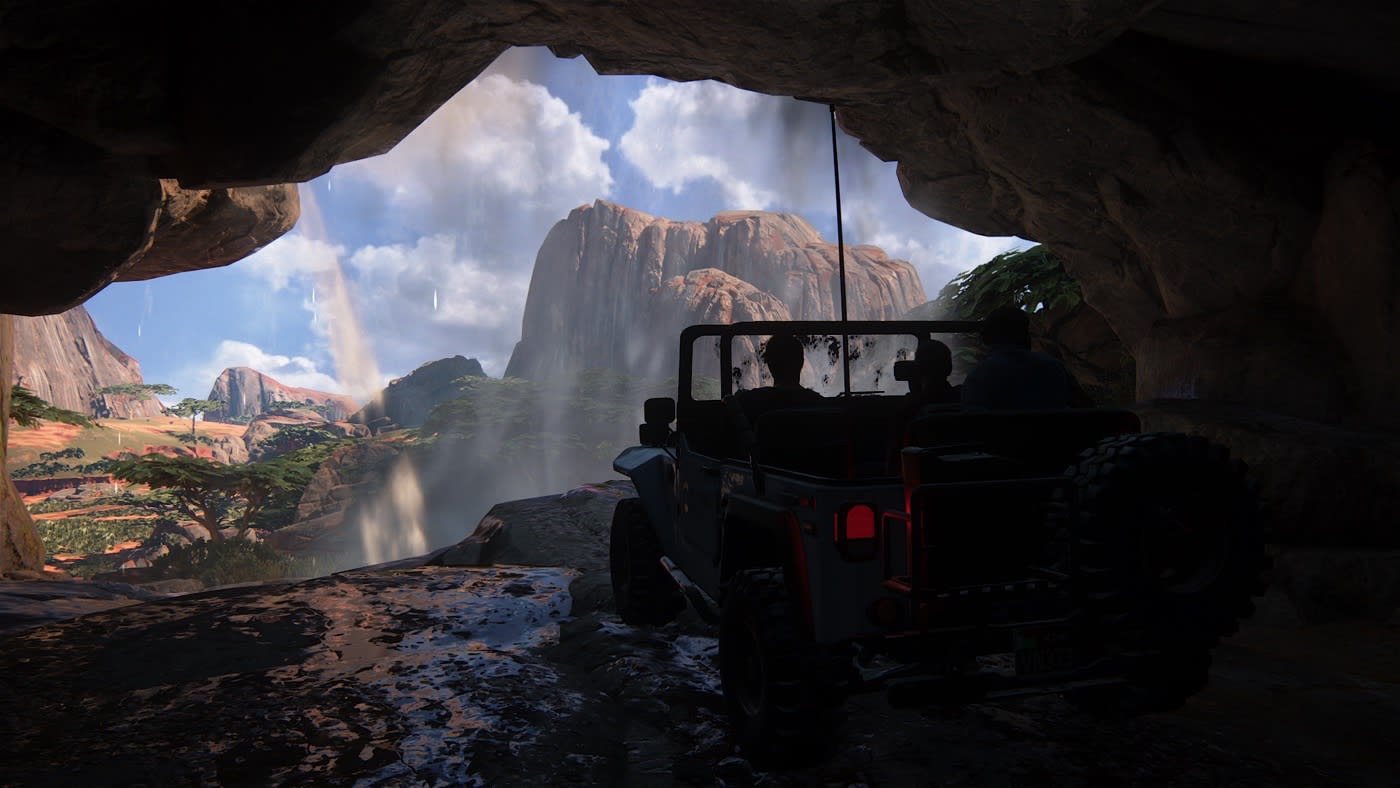
The game's environments are significantly larger than previous entries, though they're certainly not big enough to qualify it as an "open world" title. You're still typically headed to a single destination, but this time around there are usually several ways to get there.
You'll also get a 4X4 truck (Naughty Dog can't legally call it a Jeep) to traverse the larger stages. It didn't take long to get the hang of driving it, but I quickly learned to hate trudging through wet mud (though the liquid effects on the truck look great). There's also a winch located on the front of the truck, which you'll use to bring it up rough terrain (or in some cases, even take down large objects).
Unfortunately, I didn't get to explore much of the story in my brief hands-on time with the game. But I was glad to see that Naughty Dog revamped some of the clunkier elements of Uncharted's mechanics. Stealth isn't something the series handled very well in the past -- Drake has always been about about going in guns blazing -- but now you can hide in some areas of the environment, like tall grass, and an indicator tracks if enemies are aware of your presence.
You're also no longer out of luck if you mistakenly start a firefight, since you can hide and return to stealth mode if you need a breather. You can even mark enemies after spotting them, which allows you to keep track of them when they're out of sight.
It would be hard to mistake Uncharted 4 for the methodical, stealthier gameplay from The Last of Us, but Naughty Dog clearly brought over some of that game's ideas. No, you can't brutally shiv anyone, but you can still sneak up on enemies and take them down silently. In some cases, you can also avoid confronting enemies entirely.
Although the Uncharted series has always emphasized gunplay, it's also been criticized for feeling a bit too loose when it comes to shooting. Nathan Drake isn't a highly trained killer like Metal Gear Solid's Snake, so perhaps that makes sense. Uncharted 4 doesn't change up the series' formula much, but aiming at enemies feels a bit more precise now. Popping out of cover to take down a slew of bloodthirsty baddies was also far more fluid, partially due to the improved character animation.
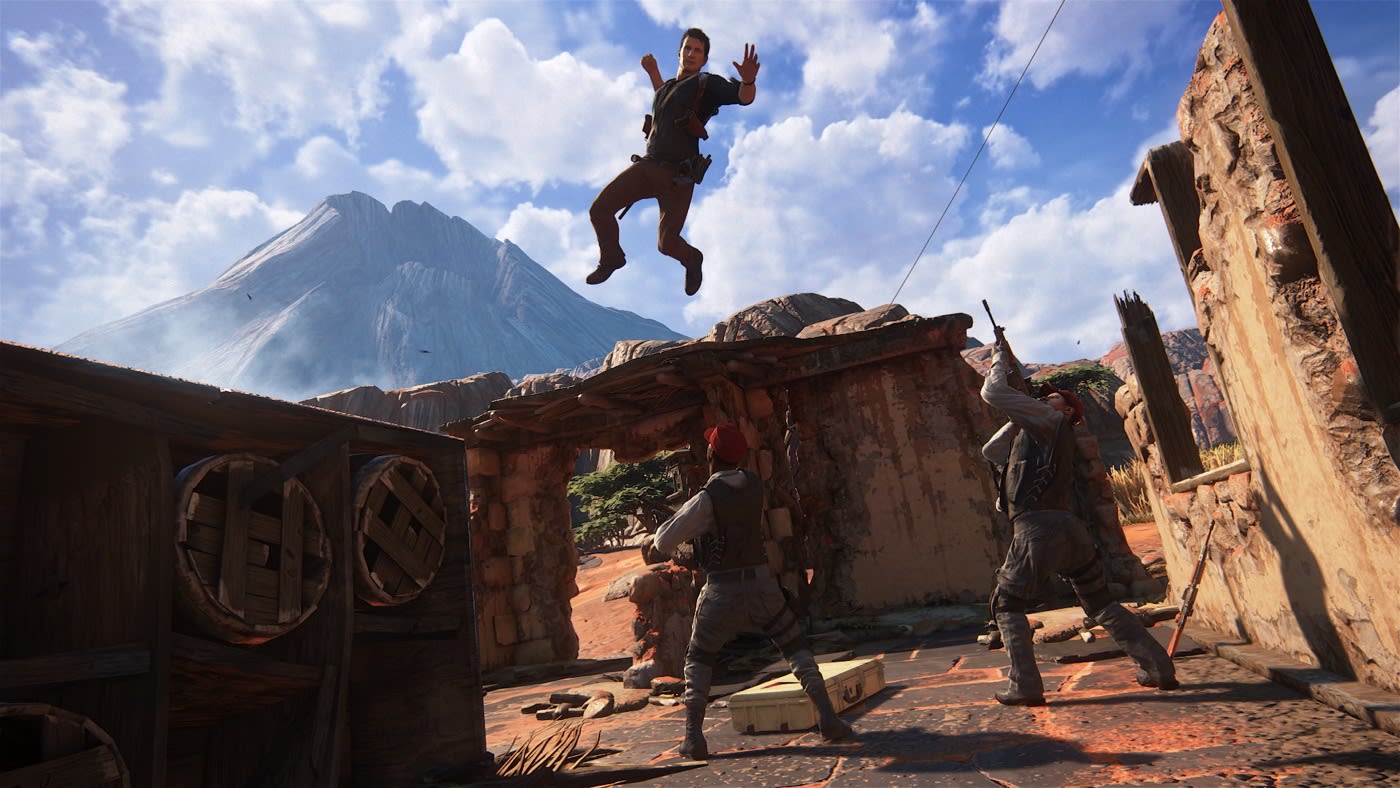
Even the mere act of climbing got a revamp. Instead of recklessly jumping across handholds and ledges, Drake now moves more intelligently. He looks like someone who actually knows how to scale a wall, and the entire process of moving him around simply felt smoother and less video gamey.
Amid the shootouts, explosions and car chases, we can also expect a surprising new addition to Uncharted 4: quiet moments. Scherr says the Naughty Dog team has learned a lot about the ebb and flow of narrative over the years. The Last of Us, in particular, taught them the importance of slowing things down for smaller character moments. Perhaps this time, someone will have a chance to stop, take a breather and show Drake how to properly tuck in his shirt.

